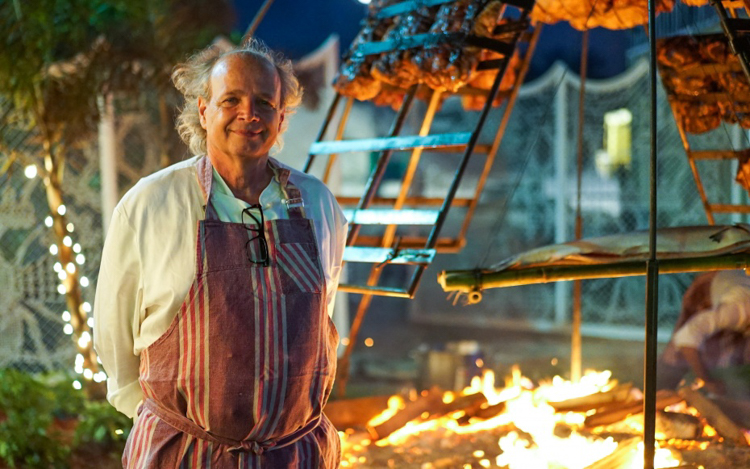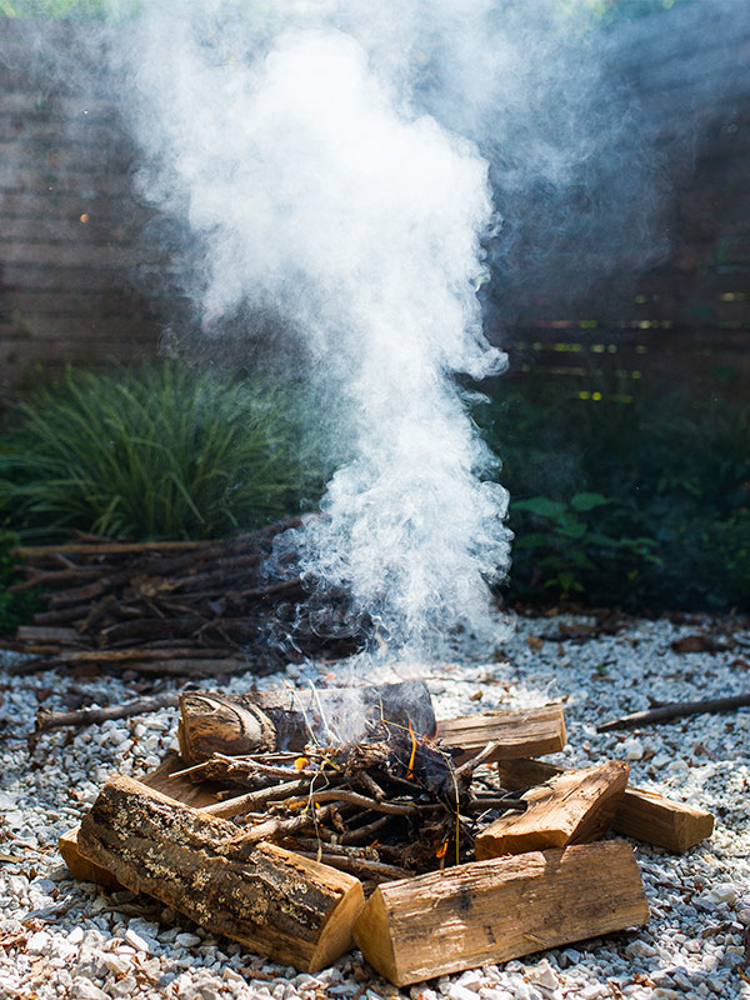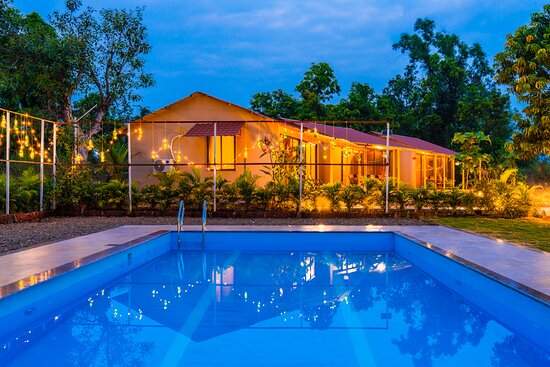When I think about fine dining beyond the elegance of silver spoons and the accuracy of flavour, I start to wonder about the integrity of the ritual, and how after our many millennia of celebrating food, most of us are no longer capable of identifying what it is exactly that we are celebrating. Food provides an experience, that is for sure, but if all we ever see are a restaurant’s walls, if all we ever feel is the warm room and not the fresh air—then perhaps we’re left with something only partially fulfilling.
Francis Mallmann, a world-renowned chef known for being alternative, is all too familiar with this tragedy and what it means to carry the weight that is our dying connection to food. Rather than play into the game, Mallmann instead finds beautiful ways of cooking that make dining interactive and food more than just palatable. His boycott consists of travelling around the globe and fusing ancient cooking with modern technique, while at the same time bringing the meaning of experience back to the table.
Born and raised in the region of Patagonia, Argentina, Mallmann is a man of the elements and shares a profound connection with the land. If you’ve never seen Patagonia, then picture a landscape that is inexplicably breathtaking, where jagged mountains meet icy blue lakes and every whimsically shaped bush in between.
Born and raised in the region of Patagonia, Argentina, Mallmann is a man of the elements and shares a profound connection with the land.
A place of extremes, Patagonia’s winter climate is often cold. In an interview with Splendid Table, Mallmann describes his upbringing as being quite literally full with fire, “We had chimneys, the hot water system was with fire, the heating of the house. As kids, having a full shed of wood of every size for every different fire was very important.”
Fire is now the main element in Mallmann’s cooking practice, but it was not so easily adopted, and it would be some time until he eventually returned to Patagonia, where he now resides part-time. As a young man, like many other aspiring chefs of his generation, Mallmann was enamored with France and moved to Paris to become an apprentice.
After two years of vigorous training, Mallmann was incredibly successful on the exterior and even won several awards that would propel him into international acclaim. But for Mallmann, the price of this fame was not without cost, and he eventually would stop paying.
“I went into training in France with the best star chefs of those times. I came back to become an arrogant French chef. I was for many years. I tried to copy everything I had learned in a very bad way,” he tells Splendid Table of his attitude at the time, a stark contrast to the person he portrays today.
Since abandoning the more traditional notions surrounding the place of a chef, Mallmann has carved out his own by going back to the land and sourcing his ingredients locally. In fact, he and his team of culinary artists are known for their ability to transform the wildest outdoor spaces into pockets of fairytale-seclusion.
The food is cooked outdoors, and the days leading up to the preparation are spent rigging wood, wire and various other tools to facilitate and position the throw of heat. If ever you have the privilege of having them prepare you a meal, rest assured that your rustic meal has been caught fresh out of the lake you’re dining beside, maybe even baked using the clay you walked on to get there.
But for Mallmann, cooking is a process, and it’s more about the transformation—the offering of elemental exchange—than it is about the beginning or end result. When he’s in the mood to host a spontaneous dinner, which he often is, he uses ancient techniques, such as pit cooking, to bring life to his chosen ingredients.
Just one of the many ancient rituals Mallmann has been known to bring magic to, pit cooking is essentially an old school form of barbeque, also known in Patagonia as “curanto,” where it was born from the traditions of the Tehuelche people. How it worked back then, and still works today, is by carving out a deep-dish pit in the ground and layering it with a variety of rocks, fire logs and embers. The heat gets trapped in the earth, and the food, which is typically an assortment of vegetables and meats, gets put on a large canvas cloth to bake inside the ground oven. What you’re left with is a concoction that is both earthy and raw and transcends anything your Maytag might produce.
Pit cooking is essentially an old school form of barbeque, also known in Patagonia as “curanto”.
When you cook with fire, there is an element of freedom involved; either the fire will liberate or the fire will destroy. It is the final exchange of power between the animal, the person and the flame, and it mirrors a sameness that is so often clouded by our fear of losing control. Mallmann lives his life by embracing this sameness, and by going so far as to walk over the edge of uncertainty. After all, “the worst enemies we have in life are routine and fear. They are the two things that paralyze us,” he says.
It’s Mallmann’s philosophy that brings energy to his food and allows those who experience it to also connect with where it comes from, while leaving them full.






